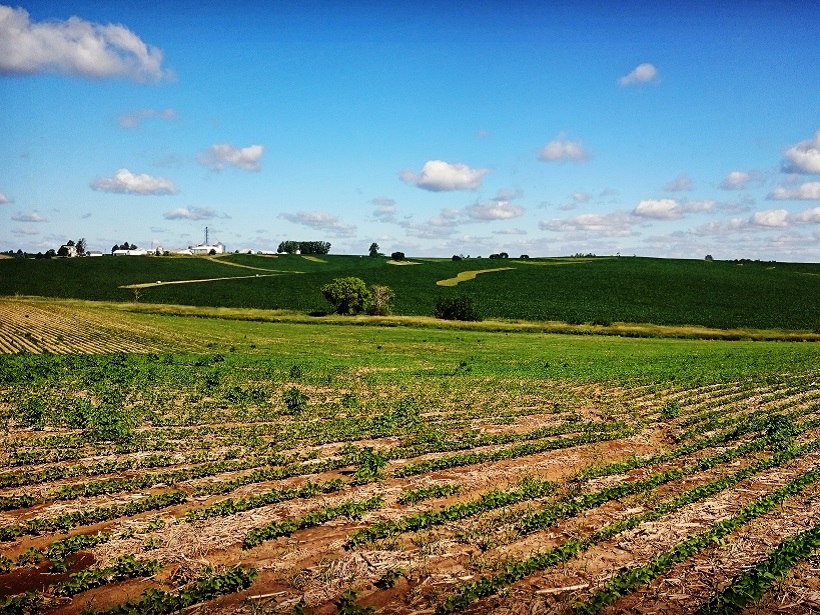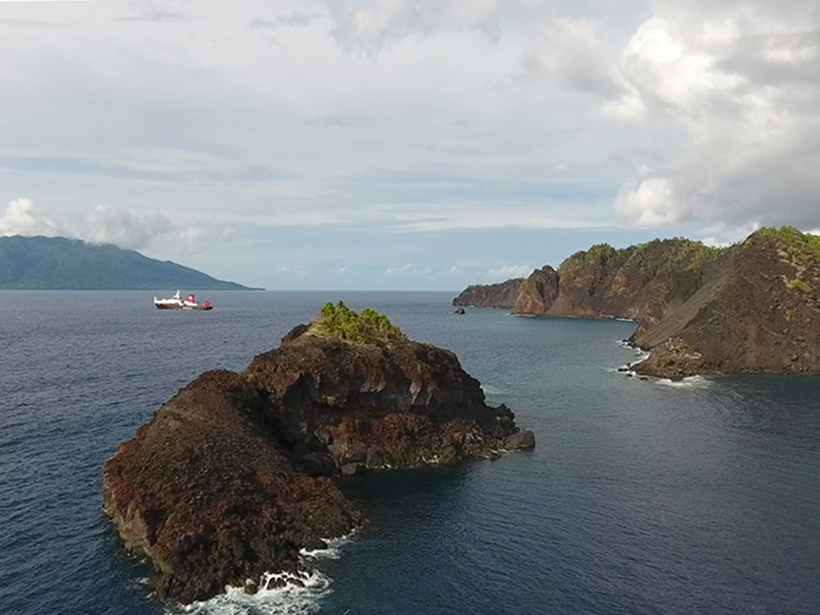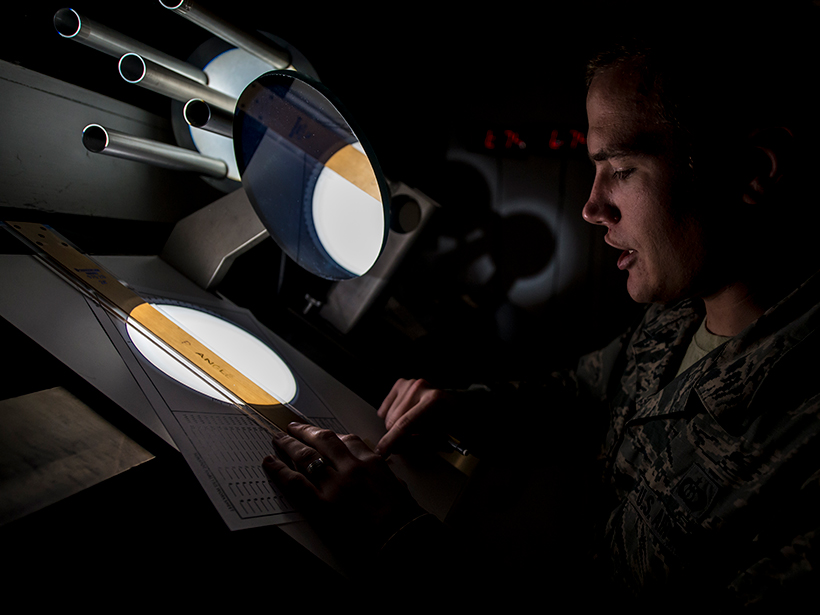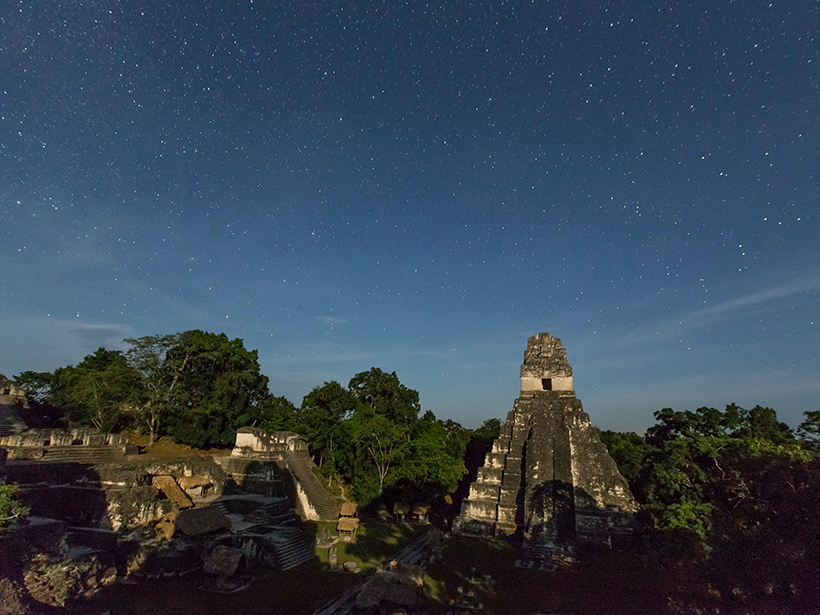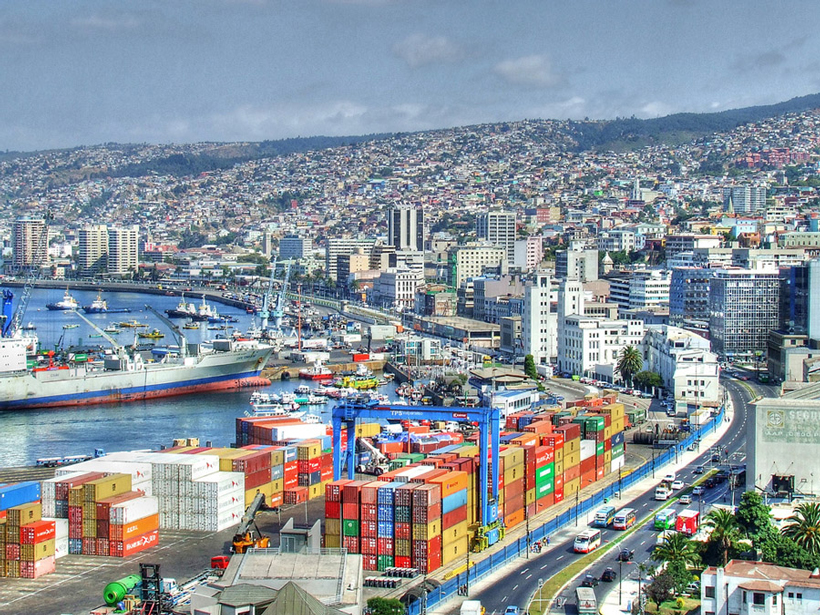Humans may be to blame for California’s second-largest 20th century earthquake, and a team of seismologists has now proposed how that could have happened.
history
Stories in the Soil
A series of field experiments in the U.S. Midwest is investigating how past, present, and future human activities and climate affect the health of soil.
Sooty Bird Bellies Yield Insights into Historical Air Pollution
A new study mined museum collections to investigate just how sooty the air in the United States has been for the past 135 years.
An 1888 Volcanic Collapse Becomes a Benchmark for Tsunami Models
When volcanic mountains slide into the sea, they trigger tsunamis. How big are these waves, and how far away can they do damage? Ritter Island provides some answers.
To Understand Future Solar Activity, One Has to Know the Past
Short-term funding strategies present serious problems for programs like solar activity studies, where observations and analysis span decades or longer.
Giant Snails’ Century-Old Shells Recorded Monsoon Rainfall
Researchers explored past precipitation in India using shells from very large land snails collected there in 1918 and preserved in a British museum.
Caribbean Sediment Traced to 1755 Portuguese Quake and Tsunami
Archaeologists digging in Martinique chanced upon the first tsunami deposit from the earthquake found in the New World. The tsunami left a strong trace, it seems, because the wave went up a river.
Ancient Maya May Have Foreseen Meteor Showers
Modern astronomical techniques have uncovered clues to a possible facet of Mayan astronomy from nearly 2 millennia ago not found in surviving records.
Tsunami Records Show Increased Hazards for Chile’s Central Coast
Simulations of the historical quake raise new concerns: A similar event in the future could cause a devastating tsunami in Chile’s most populated coastal region.
Seafloor Data from Lost Airliner Search Are Publicly Released
Detailed maps of the bottom of the Indian Ocean reveal deep canyons and landslides but no wreckage of Malaysia Airlines flight MH370, which went missing in 2014.


